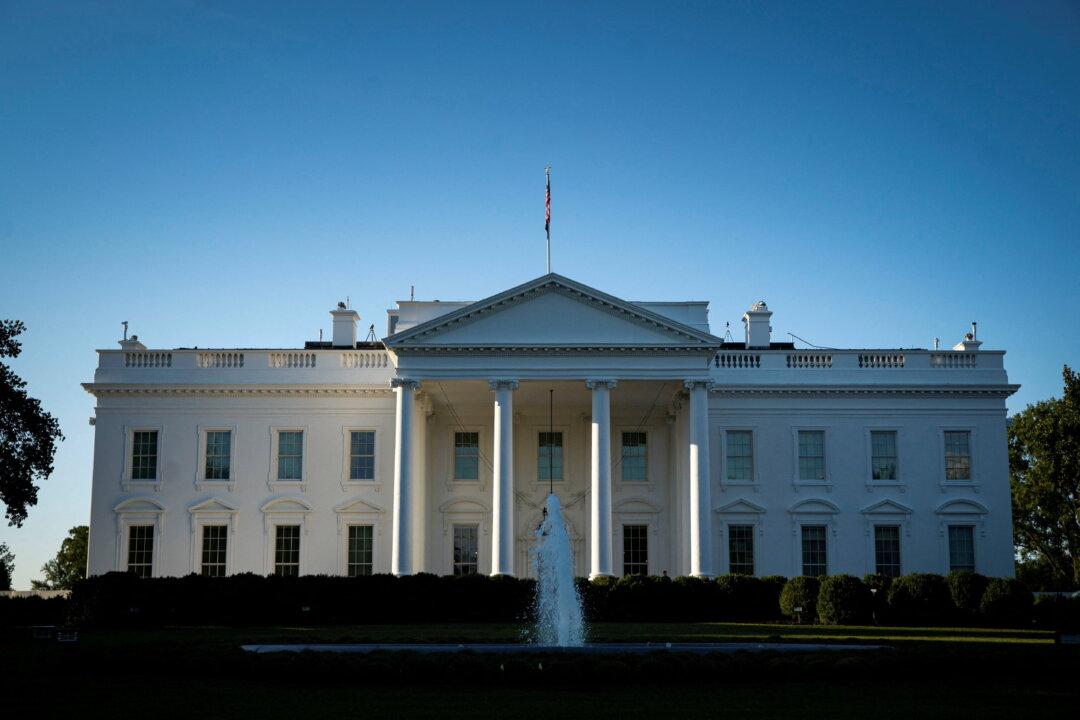Commentary
As China and Russia move toward an entente in their relationship due to Russian leader Vladimir Putin’s folly in Ukraine, the United States must consider its next steps to counter or adapt to the Sino-Russian relationship.

As China and Russia move toward an entente in their relationship due to Russian leader Vladimir Putin’s folly in Ukraine, the United States must consider its next steps to counter or adapt to the Sino-Russian relationship.